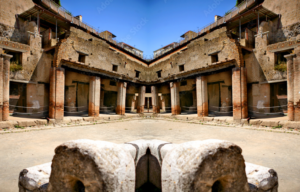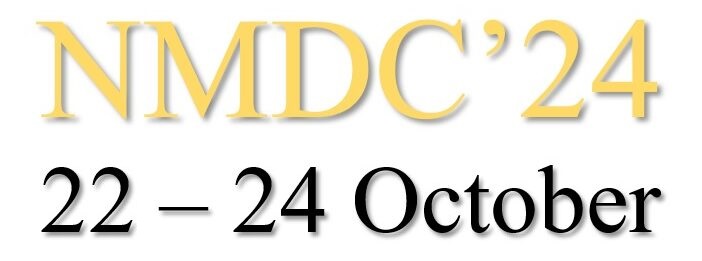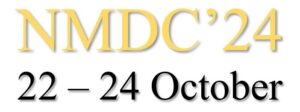Pompei and Ercolano
Pompeii and Herculaneum (Italian: Pompei and Ercolano) are two ancient Roman cities located in the Campania region of Italy, near the Bay of Naples. Both cities were destroyed and buried by the eruption of Mount Vesuvius in 79 AD, which preserved them in a remarkable state of preservation for almost two thousand years.
Pompeii was a bustling city with a population of around 20,000 at the time of its destruction. The city was a major commercial center and a popular resort town, with beautiful villas, public baths, theaters, and markets. The eruption of Vesuvius buried Pompeii under a layer of ash and pumice, preserving much of the city’s architecture, artwork, and everyday objects. Excavations of Pompeii began in the 18th century, and today the city is one of the most visited archaeological sites in the world.
Herculaneum, on the other hand, was a smaller, more affluent town located closer to the coast. The town was known for its luxurious villas and wealthy residents, who enjoyed stunning views of the bay. Like Pompeii, Herculaneum was buried by the eruption of Vesuvius, but with a different type of material – hot pyroclastic flows that solidified into a hard rock-like substance called tuff. This preserved the town’s buildings, art, and artifacts in an exceptional state of preservation, including organic materials such as wood and textiles. Although Herculaneum is not as well known as Pompeii, it is considered by many scholars to be an even more valuable source of information about ancient Roman life.
was buried by the eruption of Vesuvius, but with a different type of material – hot pyroclastic flows that solidified into a hard rock-like substance called tuff. This preserved the town’s buildings, art, and artifacts in an exceptional state of preservation, including organic materials such as wood and textiles. Although Herculaneum is not as well known as Pompeii, it is considered by many scholars to be an even more valuable source of information about ancient Roman life.
Both Pompeii and Herculaneum provide a fascinating window into the daily life, culture, and society of ancient Rome. The sites offer visitors a chance to walk through streets and buildings that have remained largely unchanged for nearly two millennia and to see how Romans lived, worked, and played in the first century AD.



